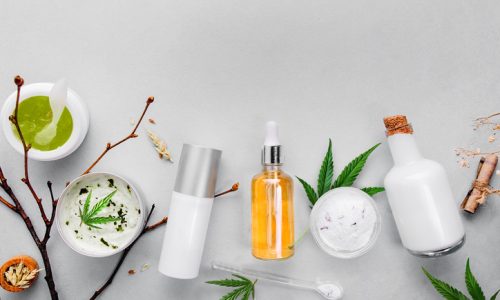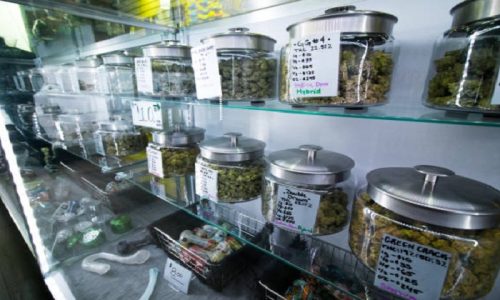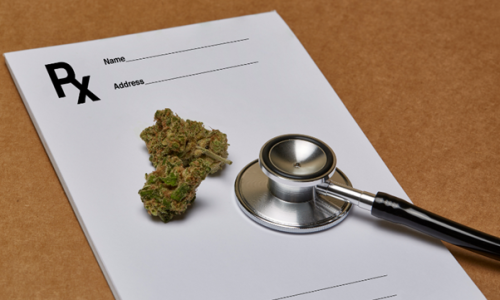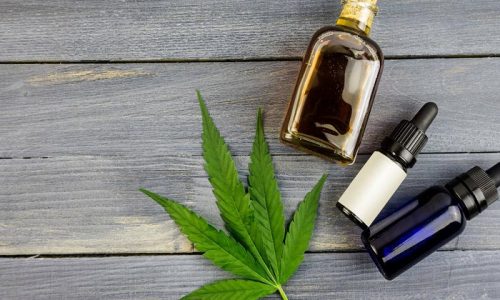Kratom, botanically known as Mitragyna speciosa, has experienced a surge in popularity over the last few years. That’s mainly due to its numerous therapeutic benefits.
Native to Southeast Asia, kratom has been used since at least the mid-19th century to relieve a broad spectrum of common medical conditions. Extracts from this plant have demonstrated incredible effectiveness against pain, anxiety, insomnia, fatigue, erectile dysfunction (ED, and mood disorders. Experts also cite kratom for its ability to mediate various opioid withdrawal symptoms.
But before kratom is available as a finished product, the plant must first undergo an extensive extraction and manufacturing process. Generally, there are three primary ways to extract kratom. These methods deliver products of different purity and potency.
Read on for more information on how kratom is produced.
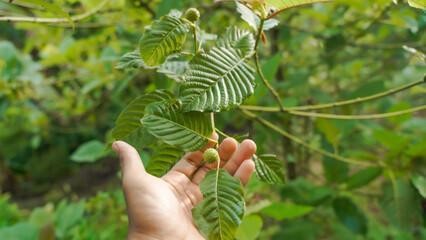
Photo Credit: AdobeStock.com
Kratom Extraction Using the Resin Method
This kratom extraction method is considered the rarest and most capital-intensive. However, it also delivers some of the purest and most potent kratom products. So, if shopping around for mitragaia, you’d do well to insist on products formulated with kratom obtained by the resin extraction method.
Now, kratom production by the resin extraction method generally unfolds as follows;
- Manufacturers begin by harvesting fresh kratom leaves.
- Kratom leaves are dried and then grounded.
- The next step involves adding a little water and lemon juice to the ground kratom powder.
- The mixture is allowed to steep for 12 hours or overnight and then freeze.
- The frozen kratom block is added to a pot of boiling water with lemon juice, lime juice, or vinegar to make an acidic solution.
- When a ¼ of the acidic mixture has evaporated, the remaining ¾ is removed from the heat source, cooled, and then strained.
- The strained mixture can evaporate further until its volume reduces by 50%.
- The powder is simmered using lemon juice once or twice, then the filtration process is repeated.
- The remaining liquid is added to an oven-safe container and then heated to a temperature between 150- and 200-degrees Fahrenheit or until almost all remaining water evaporates.
What’s left is a thick kratom resin extract.
Despite being one of the costliest kratom extraction methods, the resin method is straightforward to conduct.
Production of Kratom Extract Powder
Kratom extract powders are manufactured more or less similar to kratom resin. However, there are slight differences between the two methods, as discussed below;
- High volumes of kratom powder are subjected to a boiling process.
- Lemon juice is added to the boiling powder, and the mixture is strained regularly.
- At the end of the extraction process, the resultant liquid is added to spray bottles, then sprayed, and allowed to crystallize.
- The continued water evaporation from the kratom crystals leaves extract powder as the final product.
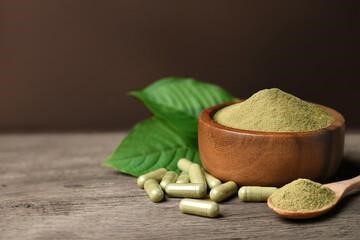
Water-based Kratom Extraction Method
The water-based kratom extraction method is the direct opposite of the resin method in terms of cost, speed, and labor-intensiveness. This method is relatively affordable but incredibly slow and labor-intensive.
However, the water-based method also produces a reasonably concentrated kratom solution. Most kratom products in the market are made using the water-based extraction method.
The process mainly involves soaking and evaporation. To go about it, you’ll need to proceed as follows;
- Harvest raw kratom leaves.
- Add the raw leaves to plain water or a water mixture and ethanol.
- Add citric acid, which acts as a preservative.
- Test the mixture using a pH scale to ensure it’s acidic, preferably a weak acid with a score of around 4 on the pH scale.
- Shake the mixture thoroughly, then allow it to steep for one to two weeks.
- After two weeks, continue the extraction process by straining the mixture.
- Set the mixture on a heat source and evaporate it to reduce the volume by 50%.
What’s left is a slightly thick liquid which you can administer as a tincture.
- You can further add glycerin or a similar compound to stabilize the acidity in the liquid.
- Store the liquid in amble bottles and consume as regularly as required.
Kratom Tea Extraction
This is considered the simplest way to make a kratom extract. Due to that ease of preparation, ancient kratom users mainly consumed the herb in the form of tea.
To make kratom tea,
- Harvest fresh kratom leaves.
- Steep the leaves in water.
You can steep whole kratom leaves or ground them before adding them to water.
- Let the mixture sit for a couple of hours.
- Strain to remove the solid residues.
- Add your favorite flavors to the tea.
- Store in a dark glass bottle and consume as required.
Kratom tea offers other benefits besides being remarkably easy to make.
For starters, this method is also easy to administer. You do not need any droppers as you can drink the tea in the same manner as other standard beverage drinks.
Also, kratom tea gives you higher access to the plant’s alkaloids. And the fact that the beverage usually contains fewer additives makes it safer for long-term usage.
On the flip side, kratom tea is usually less concentrated than kratom extracts manufactured by the other methods. To increase its potency, you may have to steep the tea for a longer duration.
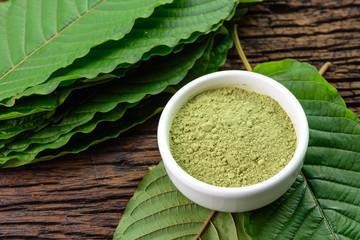
Kratom Storage and Usage
As a general guideline, kratom should be stored in dark, tightly-sealed glass bottles and then kept in a cool, dry place.
Dark bottles block the penetration of UV rays, which are known to degrade kratom quality. Glass is preferred because it doesn’t react to changes in temperature, unlike plastic and metallic containers. Lastly, sealing the bottles tightly prevents the free flow of air, another environmental agent known to diminish kratom quality.
To avoid all the storage hassles when making kratom at home, you should consider preparing extracts that you can consume in a few servings.
When it comes to kratom dosage, it’s important to remember that the herb has no ideal dose. Serving amounts depend on numerous factors, including your age, body chemistry, and reasons for using the herb. If you’re new to kratom, the common wisdom is to start slow and work your way up slowly.
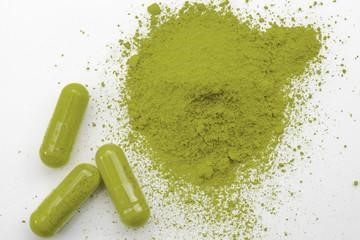
Final Word
Kratom products can undergo several extraction methods. These methods differ across various aspects, including ease of preparation, cost-effectiveness, labor-intensiveness, and the potency of the extracts.
But whichever way you choose to make kratom, it’s essential to consume the herb moderately. An overdose can leave you battling a slew of negative reactions, ranging from anxiety and drowsiness to seizures and organ failure.

